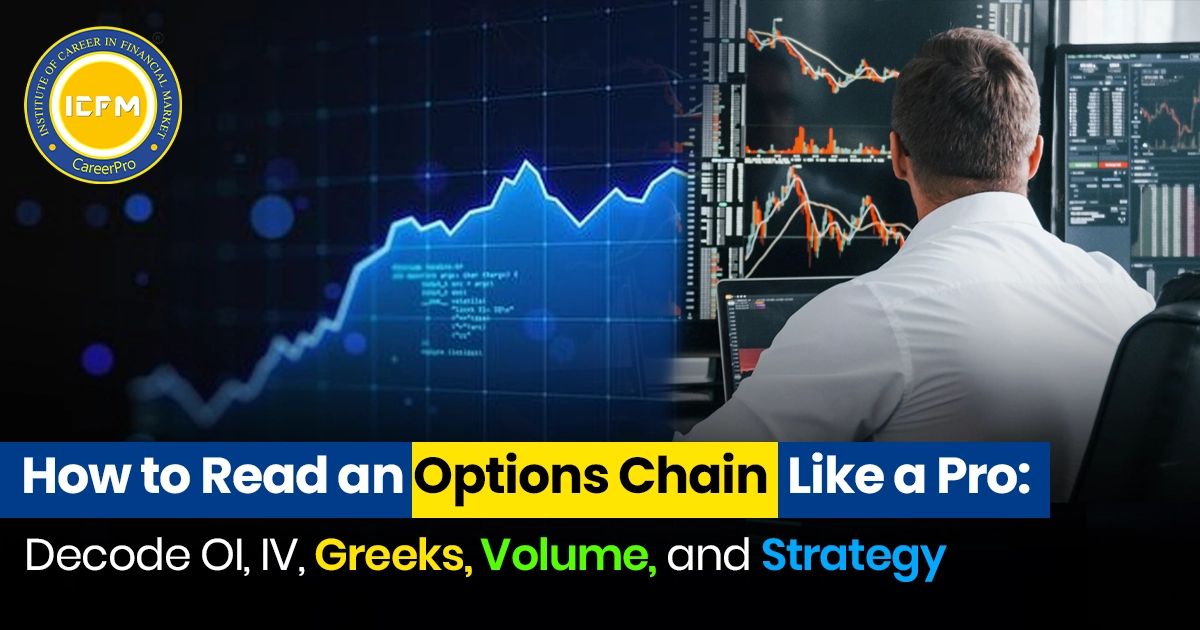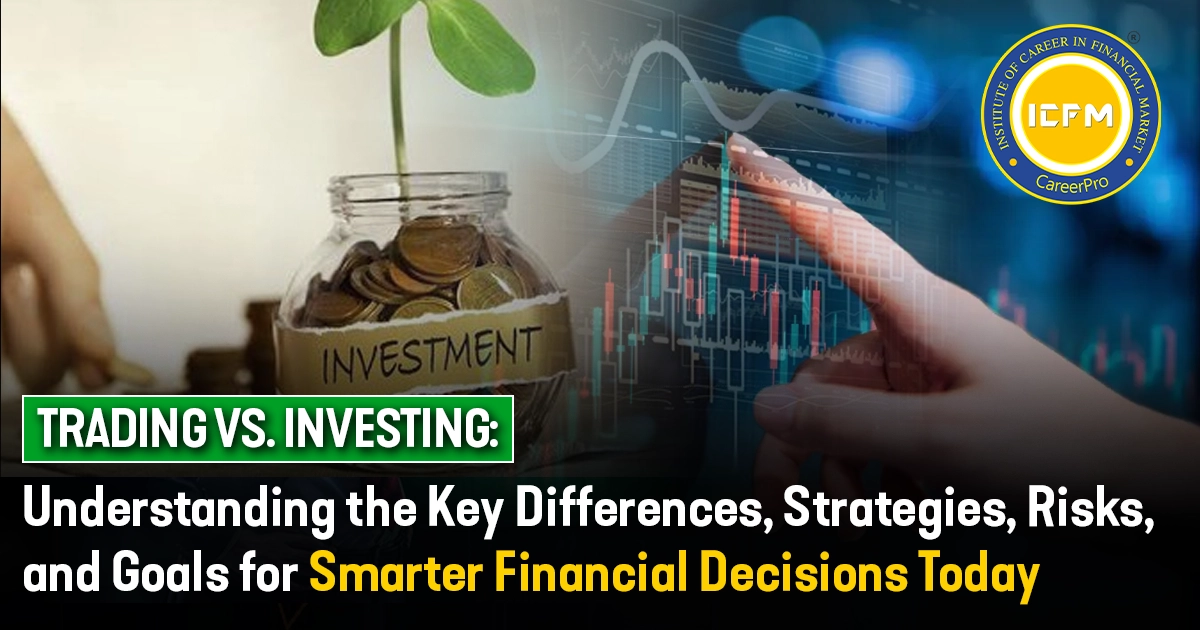Futures Contracts
Definition: A futures contract is a standardized contract between two parties-one will sell and the other will buy an asset at a certain fixed price at a certain date in the future. Contracts are traded on organized exchanges, which act as intermediaries and guarantee the execution of the terms and conditions of the contract.
Key Characteristics:
• Standardization: All contracts of futures are standardized concerning the quantity and quality of the underlying asset.
• Margin Requirements: Requires the participants to pay margin. Margin is the percentage of the value of the contract, to ensure the performance of the contract.
• Mark-to-Market: All positions are marked to the market at the close of each trading day, and any profit or loss is settled every evening.
A futures contract is a standardized contract between two parties to buy or sell an underlying asset such as a commodity, currency, or financial instrument at a predetermined future price and date. Here's a detailed example of how a futures contract works:
Wheat Futures Contract
Case:
Now, suppose it is January, and a wheat farmer from Madhya Pradesh, due to uncertainty about the price of wheat at the time of harvest in July, fears that any loss may occur if the price dips below the current market price of Rs 20 per Kg.
At the same time, there is a bread manufacturer who anticipates needing a large portion of wheat in July and is concerned that the price might appreciate. Both wish to lock in a price to guard against the eventualities of price fluctuations.
Details of the Futures Contract
Underlying Asset: Wheat
Contract Size: 5,000 This is the standard size for one wheat future contract
Contract Price: Rs20 per Kg
Delivery Month: July
Steps in the Course of the Future Contract:
Entering the Contract :
The farmer signs a contract for selling one wheat future contract on NCDEX, one of the key
Commodities exchanges. By doing this, he can rest assured that he will receive Rs20 per Kg Wheat at the end of July Expiry.
Simultaneously, the bread manufacturer buys one wheat future contract at Rs 20 per Kg for July delivery.
Now, the farmer has to deliver 5,000 Kg of wheat in July at Rs20 per Kg, for which the bread manufacturer is to purchase 5,000 Kg at that price.
Daily Mark-to-Market
As described, under a daily mark-to-market contract, gains or losses on the contract are settled every single day of trading using closing contract prices at the close of the trading day.
Now on the second day, if the wheat futures price moves to Rs25 per Kg, the farmer (seller) will have an unrealized loss of Rs 25,000 [Rs 5 x 5,000 Kg] and the bread manufacturer (buyer) will have an unrealized gain of Rs 25,000. These gains and losses are booked to their margin accounts every day.
Price Movements Over Time:
Over the following few months, the wheat future prices moved:
February: Price rises to Rs30 per Kg. The farmer suffers a further unrealized loss, but the bread manufacturer has an unrealized gain.
March: Price falls to Rs15 per Kg. Now, the farmer has an unrealized gain, and the bread manufacturer suffers an unrealized loss.
Settlement at Expiration:
In July, the futures contract expires, and the price of wheat futures is Rs10 per Kg.
The contract is settled :
The farmer must sell 5,000 Kg of wheat at Rs20 per Kg against the prevailing market price of Rs10.
The wheat eg:- rainy must buy 5,000 Kg at Rs20 per Kg, which is well above the prevailing price.
Physical Delivery or Cash Settlement:
Physical Delivery: In the case of physical delivery, the farmer would arrive to deliver his lot of 5,000 kgs of wheat. The bread manufacturer would take the delivery and make the payment of Rs10,00,00 (Rs20 x 5,000 Kg).
Cash Settlement: Assuming the contract is cash-settled, the farmer and the bread manufacturer would settle the contract by paying the difference between the contract price and the market price in cash. Therefore, the bread manufacturer would appear to pay the farmer the difference amounting to Rs 50,000/- (Rs 20 – Rs 10 = Rs 10 x 5,000 Kg) since the farmer had hedged for a high price.
Outcome:
Farmer: If the future contract was sold, the farmer locked in the effective price of Rs20/Kg and couldn't take the floating market price in wheat, which was reduced to Rs10. He is still getting Rs20/Kg through the Future Contract, which gives a lower price in the market.
Bread Manufacturer: The bread manufacturer had bought a futures contract at Rs20 per Kg, holding for a premium price as the market-determined the price at Rs10. However, the manufacturer evaded the graver risk of prices being higher than Rs20 at one point in time.
Key Points:
Hedging: The farmer and the bread manufacturer used the futures market to hedge against undesired price movements.
Leverage: Futures contracts allow for considerable leverage since only a comparatively small margin, smaller than the actual value of the contract, is required to enter into the contract. Because they are standardized, relinquishing is less likely to default in case of loss. Standardization: The futures contract is standardized, wherein the contract size, expiry dates, and delivery terms are set by the exchange. Mark-to-Market: The daily marking-to-market settlement ensures that the losses or gains are taken step by step, thereby eliminating the chances of huge losses.
Conclusion:
This example illustrates how a futures contract could be used to manage price risk. The farmer protects against falling prices by locking in a price today; the bread manufacturer protects against rising prices. The futures market has given both a means to achieve price stability in what is an inherently volatile market.









